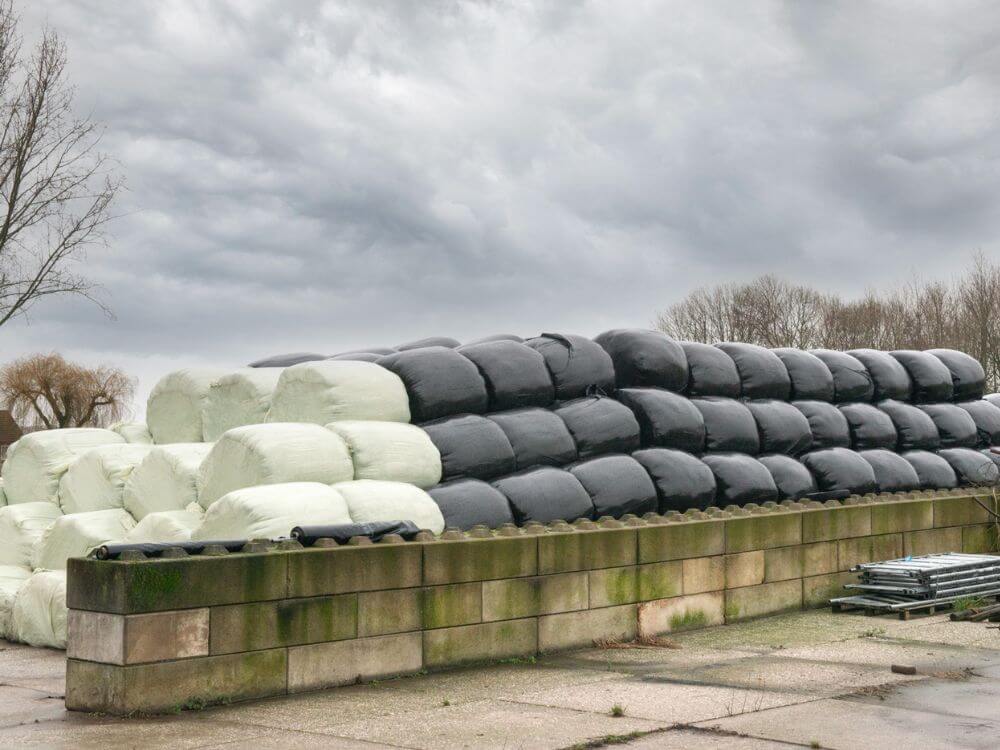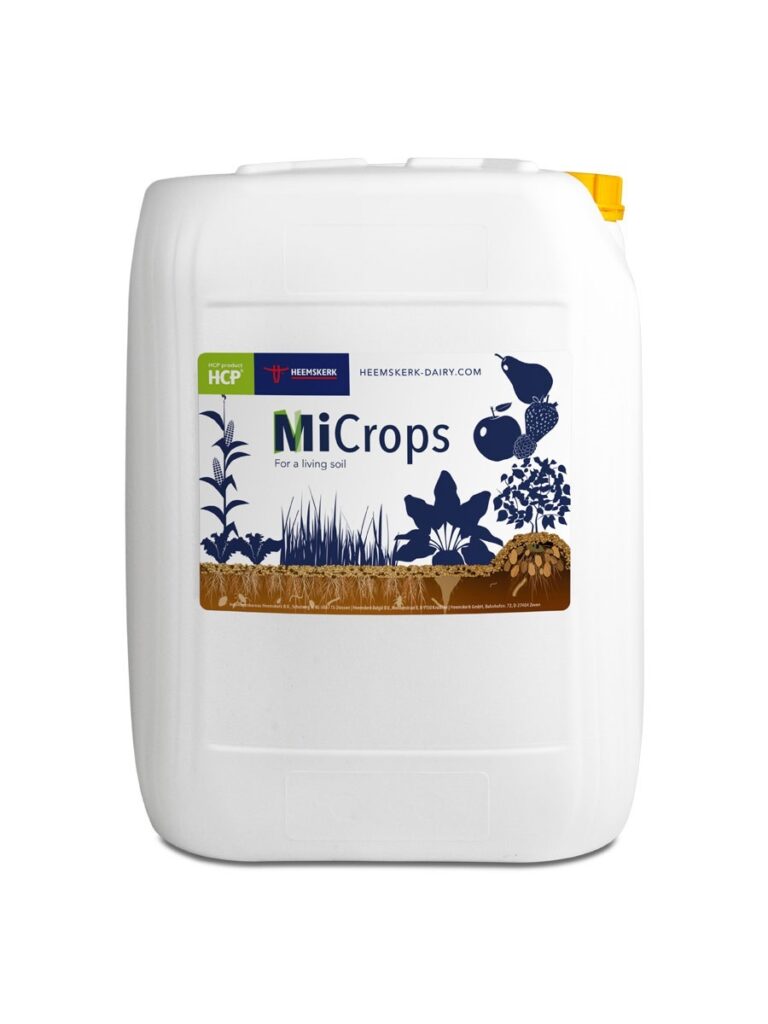Active soil life increases protein production from own land
Stringent fertiliser standards, rising fertiliser prices and a dry summer. Three factors that had a big impact on yields and forage quality last growing season. ‘To be assured of sufficient roughage in the future, we will have to make an efficiency move,’ Johannis de Lorm predicts.
Cold and bleak weather sweeps across the polders of the Land of Heusden and Altena, a region in the north of the Dutch province of North-Brabant. On this chilly January day, spring still seems far away, but nothing could be further from the truth. At the Lormhof Farm in Almkerk, there is already plenty of thinking about the coming crop season. Of the 62 ha, mainly clay soil, some 11 ha will be used for growing maize and the remaining 50 ha is grassland. Like many livestock farmers, de Lorm also asks himself the question: ‘How do I get as much protein as possible from my own land, at the lowest possible cost’.
1 day later already 3 to 4 shades darker
Last year, cattle farmers experienced that using the biostimulant GrowPEQ Microps can be part of the answer to this question. On a 5-hectare plot, a section of 3 ha was treated with GrowPEQ Microps by field sprayer after the first cut. The remaining 2 ha remained untreated. Immediately after spraying, a rainfall of 11 mm fell on the plot. ‘Just a day later, I could see an immediate difference from the road,’ says an enthusiastic Johannis. ‘The treated part had become as much as 3 to 4 shades darker. Compared to the untreated part, the crop on the treated part was much fuller’.


Over two cuts a ton more dry matter
It was not only the colour and grass density that stood out. With exactly the same fertilisation, the yield on the treated plot was remarkably higher. The yield of the second cut from the untreated plot was 10 bales per ha while the treated section yielded 11 bales per ha. For the third cut, the difference was even greater, namely 6 bales per ha on the untreated versus 8 bales per ha on the treated.
Good competitor for artificial fertiliser
‘So over two cuts I had a ton more dry matter on the treated plot. With the European derogation situation, it will be another challenge to produce enough roughage in the future. You want to grow roughage as cheaply as possible without adding nitrogen or phosphate. With the current prices, MiCrops is a good competitor for artificial fertilisers’. After the third cut, the colour continued to stand out. ‘Despite the drought, the part we had treated stayed green much longer. It seemed to suffer less stress due to the drought’.
| Untreated | Treated | |
| Yield (2nd and 3rd cuts) in number of bales per hectare | 16 | 19 |
| Silage results 3rd cut | ||
| Crude ash | 117 | 98 |
| Total crude protein | 175 | 173 |
Easily profitable
Table 1 shows that clearly more protein was produced on the treated section than on the untreated section. A higher yield with equal feed value and a crop that is more resistant to stress gives farmers enough confidence to apply Microps again next growing season. ‘Just one treatment with GrowPEQ MiCrops gave me a tonne more dry matter. If I deduct the cost of the product and the contractor from that, I easily come out of the cost. That is why we are now treating the plot we partially treated last year completely. I also apply it to a 4.5-hectare plot. We will treat both plots with a sprayer before the first cut and fertilise them in the same way again. That way I can measure the difference again later’. The next step might be to buy a field sprayer. ‘I think that is the best method to apply it and if the results are so positive again, then the purchase of a field sprayer could be profitable,’ Johannis de Lorm concludes.
What is GrowPEQ MiCrops?
GrowPEQ MiCrops consists of bacteria and yeasts that act as a probiotic for the soil. By applying GrowPEQ MiCrops, bacteria are added to the soil. These bind nitrogen from the air and release it into the soil. In addition, these bacteria also produce enzymes that release minerals, trace elements and amino acids into the soil so that they are available to the plant as nutrients.
- Improves soil structure and water management
- Stimulates plant root development
- Plant is more resistant to abiotic stress
- Higher yield
- Less dependent on fertilisers
Dosage: apply diluted with water or slurry directly to the soil using, for example, a field sprayer, slurry injector or sprinkler.
Quantity: apply 20 litres per hectare in spring, around the first cut.

